 Well, you may think an author has run out of good topics when he or she turns to one that connects his subject’s success and demise to guano—the excrement of seabirds and bats. As a manure, guano is an effective fertilizer due to its exceptionally high content of nitrogen, phosphate, and potassium: all key nutrients for plant growth. My promise to you is this, please read on as this “Story in Stone” is certainly “worth a crap” as the old expression goes. Alexander Joseph Norris’ gravestone sits in Mount Olivet’s Area H, Lot 495 not far from the cemetery’s northwest boundary and Confederate Row. It certainly stands out from the majority of other gray and white monuments in this part of the cemetery, but not due to height or exquisite design or sculpture, but rather stone composition. The monument’s composition is known as Kershaw Pink Granite and the colorful hue gives this one away. It is one of a handful of its kind in Mount Olivet, quarried at Georgia Stone Industries at Kershaw Granite in Lancaster County, South Carolina. This is the same quarry that supplied about 50,000 tons of granite to form half the World War II Memorial in Washington DC, dedicated back in 2004. The Norris grave monument also features the name of Alexander’s wife, Frederika Henshaw Norris. A fascinating aspect of this stone is that not only are there vital dates given for both decedents, but there are birth and death locations. Mr. Norris was born in Veracruz, Costa Rico in 1864, or so says the tombstone. I would later see references to him being born in Veracruz, Mexico—not to mention the fact that it should be Costa Rica, not Rico if it was indeed in that location outside Mexico. The stone also says that he died in Miraflores, Peru, which is a district within Lima. With these worldly destinations, I bet you would be hard-pressed to find this combination of birth/death place for anywhere else. Meanwhile, Mrs. Frederika Norris’ hand-carved grave information boasts locations less exotic. As a matter of fact, her birth and death occurred at the same place—her family’s country estate of Moreland, located just east of Pleasant View/Doubs and south of Adamstown, a few miles south of Frederick City. The Maryland Trust’s architectural survey file says of this property: Moreland is an agricultural complex centered on a two-story brick house built between about 1856 and 1861 with Renaissance Revival trim, which was substantially altered in the 1950s. The house was built possibly by Benoni Lamar between 1856 and 1858 or by John White about 1861. Lamar was killed by lightning on the farm, perhaps on the porch of the brick house, in June 1858, leaving his family in debt. John White bought the farm as the result of the Lamar heirs' default and established a large plantation with many slaves and a well-to-do domestic lifestyle. Although a search for Mr. Lamar here in the cemetery turned up fruitless, I did find John Wailes White (b. June 5th, 1819 and d. April 4th, 1898) and wife Sarah Attillia White (b. February 7th, 1825-June 21st, 1909) are buried in Area H/Lot 497 just a few yards from their granddaughter, the fore-mentioned Frederika Norris. While I'm at it, I think this woman is possibly even named for our fair city and county as I have also seen her moniker spelled "Fredericka" in various records. Regardless, Frederika’s parents are also here: mother Amelia Gertrude White (daughter of John and Attillia), and father Capt. Henry Clay Henshaw. Gertrude was born September 28th, 1846 at Locust Hill in Baltimore. Her husband was a Washington, DC native who served in the American Civil War as Chief Engineer of the United States Revenue Cutter Service. (Decades later this would morph into the US Coast Guard).  EDEN Southworth EDEN Southworth Captain Henshaw was born on September 25th, 1840 and died March 13th, 1903. An interesting tidbit I gleaned while stumbling over this family member is that he had a stepsister who played a prominent role in Frederick’s history. I’m talking about a lady named E.D.E.N. Southworth, the top-selling female novelist of the 19th century. Miss Southworth lived in Georgetown and was an ardent abolitionist. In July, 1863, she wrote two known letters to a prominent, fellow abolitionist—the Quaker poet John Greenleaf Whittier of Amesbury, Massachusetts. In these letters, Ms. Southworth recounted a tale “meant for Whittier’s pen” about a feisty nonagenarian of Frederick, Maryland who defied Gen. Stonewall Jackson and the Confederate Army by proudly waving her flag out her second-story dormer window in September, 1862. You guessed it, Southworth was the principal source for our beloved Barbara Fritchie poem, a piece of prose that “literally” put Frederick, Maryland on the proverbial map. Capt. Henshaw seems to have lived an adventurous life which I learned from finding his obituary which appeared in local papers in March, 1903. I was also fortunate to have found a photograph of him and his wife via the www.FindaGrave.com website. So, by now you’re probably asking yourself, “That’s great Chris, but what’s the poop on this Alexander Norris guy.” Well, it has to do with Mr. Norris’ profession as a civil engineer, a job that took him to various places around the world. In fact, as a native of Veracruz, Mexico, he had already been well-traveled before reaching adulthood because of a transient childhood dictated by the profession of his father, Henry DeButts Norris (1831-1898), also a civil engineer, and highly respected. Henry was a Virginian of deep stock from Marshall in Fauquier County. Alexander’s mother, Edna Bach, was from New Orleans, Louisiana and became the mother of eight children, of which our subject was the third oldest. According to Ancestry.com family tree information, Henry’s family lived in Virginia, Havana, (Cuba), Veracruz (Mexico), Costa Rica, Louisiana and wound back up in Fauquier County, VA by 1880. In 1882, Alexander was attending the Shenandoah Valley Academy in Winchester, VA. Four years later, he would graduate from the Rensselaer Polytechnic Institute located in Rensselaer, New York after entering in 1884. Without aid of the 1890 census, it can be assumed that Mr. Norris could have been anywhere. I found that he was in Peru from 1890-1893. We at least know his whereabouts on November 7th, 1893, because it was on this day that he married Frederika Henshaw at St. Luke’s Episcopal Church in Adamstown. By the space given in the local newspaper, it appears to have been the social event of the year around these parts. In 1897, Alexander was working in Central America, and more specifically Nicaragua, for the Nicaragua Canal Commission. The proposed canal here would never be built as plans were scrapped in favor of building a canal in Panama instead. This surely precipitated a return back home for the talented engineer and planner. The Norris family would expand rapidly over the next few years. Three children would be born to Alexander and Frederika, the first two of which at the familial home of Moreland in Adamstown. The 1900 census shows Alexander and Frederika here with son Henry Stuart Norris, born November 21st, 1899. Gertrude Henshaw Norris (b. May 13th, 1902) and Benjamin White Norris (b. April 15th, 1907) would follow. Gertrude was born in Adamstown, but Benjamin was born in Lima, Peru signaling that the family was living there at the time. They had indeed moved to the South American country in 1906.  This all makes complete sense to me now, especially due to what I discovered about Alexander’s employer, the Peruvian Corporation of London (England) A Wikipedia page for the firm states: The Peruvian Corporation of London was registered under the Companies Act in London in March, 1890. The company was formed with the purpose of canceling Peru's external debt and to release its government from loans it had taken out through bondholders at three times (in 1869, 1870, 1872), in order to finance the construction of railways. The main purpose of the incorporation included acquiring the rights and undertaking the liabilities of bondholders. After winning independence from Spain in 1826, Peru was financially strapped. Over the decades financial problems worsened, and Peru needed money. In 1865 then 1866, bonds were issued that were retired with new bonds in 1869. More bonds were issued in 1870 but the 1869 bonds were not addressed. New bonds were again issued in 1872 and again previous bonds were not addressed. A major problem, that would take many years to resolve, was that the rich guano deposits were used as security on all the bonds. Peru struggled to make bond interest payments but on December 18th, 1875, Peru defaulted. The War of the Pacific (1879–1883) made matters far worse for the country and its creditors, and by 1889 something had to be done about the situation. In London, a group formed the Peruvian Corporation (of London) to try to resolve the issues and recoup invested money. The objectives of the company were extensive. They included the acquisition of real or personal property in Peru or elsewhere, dealing in land, produce, and property of all kinds, constructing and managing railways, roads, and telegraphs, and carrying on the business usually carried on by railway companies, canal companies, and telegraph companies. It also was involved in constructing and managing docks and harbors, ships, mines, beds of nitrates, managing the State domains, and acting as agents of the Peruvian Government. The Peruvian Corporation took over the depreciated bonds of the Peruvian Government on the condition that the government-owned railroads and the guano exportation be under their control for a period of years. The bonds were exchanged for stock in the Peruvian Corporation. William Davies, of Argentina and Peru, ran the Peruvian Corporation for W.R. Grace and Company. The corporation later surrendered the bonds to the Peruvian Government in exchange for the following concessions: the use for 66 years of all the railroad properties of the Peruvian Government, most important of which were the Southern Railway of Peru and the Central Railway of Peru; assignment of the guano existing in Peruvian territory, especially on certain adjacent islands, up to the amount of 2,000,000 tons; certain other claims on guano deposits, especially in the Lobos and other islands; 33 annual payments by the Peruvian Government, each of $400,000. In 1907, this arrangement was modified by an extension of the leases of the railways from 1956 to 1973, by a reduction in the number of annual payments from 33 to 30, and by a further agreement on the part of the Peruvian Corporation to construct certain railroad extensions to Cusco and to Huancayo. I would later learn (through Alexander's obituary) that Henry DeButts Norris worked here for W. R. Grace so why wouldn't a son of the same profession be brought into the fold? Enter our Alexander Joseph Norris of Adamstown to help engineer, design and build said new railroad extensions, in part to move more guano and people, as part of the Central Railway of Peru. He would serve as a stationary engineer and hold the title of Chief of Construction. As if this wasn't impressive work unto itself, I would learn that this railroad would hold the distinction of being one of the highest elevation rail lines in the world. In 1910, it appears that the Norris’ traveled to London in what was likely a business meeting with his superiors. I found a record pertaining to his return trip through New York City’s Ellis Island. I found an article in the Frederick paper saying that Mrs. Norris sailed to London and met her husband there. After a brief stay, they planned to travel extensively together through Europe before making their way back home to the US. Over the next few years, there are only brief mentions of return visits to Frederick by Norris family members. Mr. Norris had returned to Peru in January, 1915 after spending the previous fall in Maryland in which he had the opportunity to see his family and friends and stay through the Christmas holidays. That abruptly, and sadly, brings us to the end of our story, or should I say Alexander’s tragic end? The year was 1918. Peru's trade opportunities with the outside world were severely hampered by the constant threat of shipping risk of exports to Europe against the backdrop of World War II. I was surprised to find government paperwork online that helped tell the story of Alexander’s demise. The guano didn't do him in, but the circumstances of building railroads in a South American country for our subjects to help transport the stuff was certainly an extenuating factor. Actually, our engineer suffered a sudden death due to Peritonitis, generalized after a perforation of the stomach. Since I’m no medical guy, I decided to learn more about this malady which is caused by the fore-mentioned perforation of the intestinal tract thanks to a variety of things including pancreatitis, pelvic inflammatory disease, a stomach ulcer, cirrhosis of the liver, or a ruptured appendix. As stated on the tombstone and death report, Alexander died in Miraflores, a district within Lima. Mr. Norris’ body was laid to rest at Bellavista, a British Cemetery of Callao, Peru—a cemetery used exclusively for burials of members of the British community in Peru. It has since been used for other expatriate nationalities. Due to health regulations, Alexander J. Norris’ body had to stay buried in Peru for at least two years before being exhumed and shipped back home stateside. It would eventually be brought back to Frederick and reburied in Mount Olivet’s Area H/Lot 495. Mrs. Frederika “Freddie” Norris would die a few years later and be laid at her husband’s side. I'm not quite sure when this monument was erected over the grave, but likely not until Frederika's death, and perhaps years later. As for the Norris’ children, Henry Stuart Norris went to Princeton and would make a career out of being an engineer of heating and boiler supplies and lived most of his working life in New York before retirement in Pennsylvania (d. 1977). Amelia Gertrude Norris Green lived most of her adult life in the vicinity of Washington, DC, dying in 1998 in Arlington, VA. Benjamin White Norris, the child born in Peru who lost his father at age eight, would die a hero’s death in World War II at the Battle of Midway. Military aviator Ben Norris was awarded a posthumous Navy Cross for his actions in the battle: The President of the United States takes pride in presenting the Navy Cross (Posthumously) to Benjamin White Norris (0-4382), Major, U.S. Marine Corps, for extraordinary heroism and distinguished service in the line of his profession while serving as Division Commander and a Pilot in Marine Scout-Bombing Squadron TWO HUNDRED FORTY-ONE (VMSB-241), Marine Air Group TWENTY-TWO (MAG-22), Naval Air Station, Midway, during operations of the U.S. Naval and Marine Forces against the invading Japanese Fleet during the Battle of Midway on 4 June 1942. Leading a determined attack against an enemy battleship, Major Norris, in the face of tremendous anti-aircraft fire and fierce fighter opposition, contributed to the infliction of severe damage upon the vessel. During the evening of the same day, despite exhaustive fatigue and unfavorable flying conditions, he led eleven planes from his squadron in a search-attack mission against a Japanese aircraft carrier reported burning about two hundred miles off Midway Islands. Since he failed to return with his squadron and is reported as missing in action, there can be no doubt, under conditions attendant to the Battle of Midway, that he gave up his life in the service of his country. His cool courage and inspiring devotion to duty were in keeping with the highest traditions of the United States Naval Service. Benjamin White Norris’ remains were never found, but he is memorialized in “the Courts of the Missing” of the Honolulu Memorial is located within the National Memorial Cemetery of the Pacific in an extinct volcano near the center of Honolulu, Hawaii. To read more, here is a link to Ben Norris’ Military Hall of fame webpage: https://militaryhallofhonor.com/honoree-record.php?id=98946
1 Comment
Alice L. Jones
11/3/2022 01:00:25 pm
This was a very thorough biography of Alexander Norris. His sister, Virginia, married my uncle, Dr. Eugene Le Merle of Washington, DC. Aunt Virginia had her father's silver spurs from his S.A. days.
Reply
Leave a Reply. |
STORIES
|
Archives
July 2024
June 2024
May 2024
April 2024
March 2024
February 2024
January 2024
December 2023
November 2023
September 2023
August 2023
July 2023
June 2023
May 2023
April 2023
March 2023
February 2023
January 2023
December 2022
November 2022
October 2022
September 2022
August 2022
July 2022
June 2022
May 2022
April 2022
March 2022
February 2022
January 2022
December 2021
November 2021
October 2021
September 2021
August 2021
July 2021
June 2021
May 2021
April 2021
March 2021
February 2021
January 2021
December 2020
November 2020
October 2020
September 2020
August 2020
July 2020
June 2020
May 2020
April 2020
March 2020
February 2020
January 2020
December 2019
November 2019
October 2019
September 2019
August 2019
July 2019
June 2019
May 2019
April 2019
March 2019
February 2019
January 2019
December 2018
November 2018
October 2018
September 2018
August 2018
July 2018
June 2018
May 2018
April 2018
March 2018
February 2018
January 2018
December 2017
November 2017
October 2017
September 2017
August 2017
July 2017
June 2017
May 2017
April 2017
March 2017
February 2017
January 2017
December 2016
November 2016








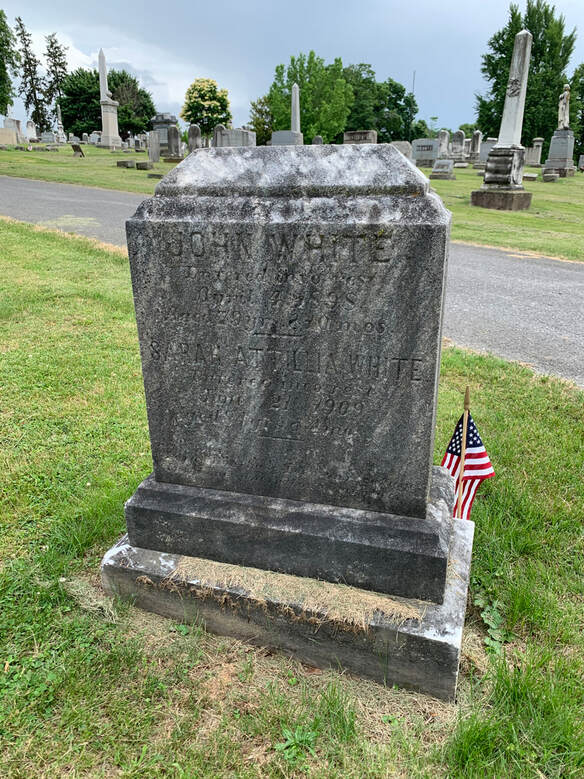









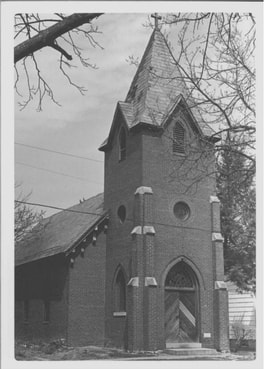







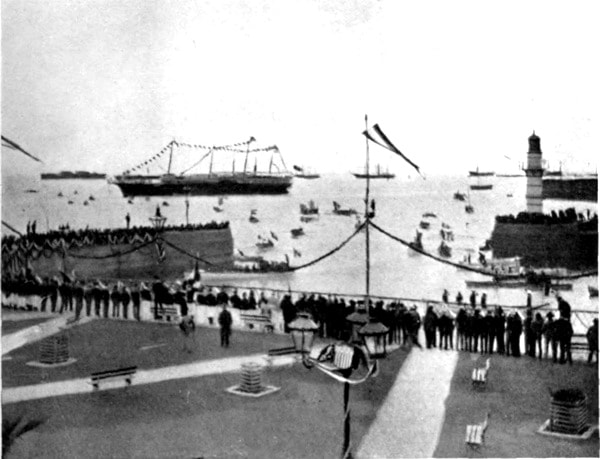



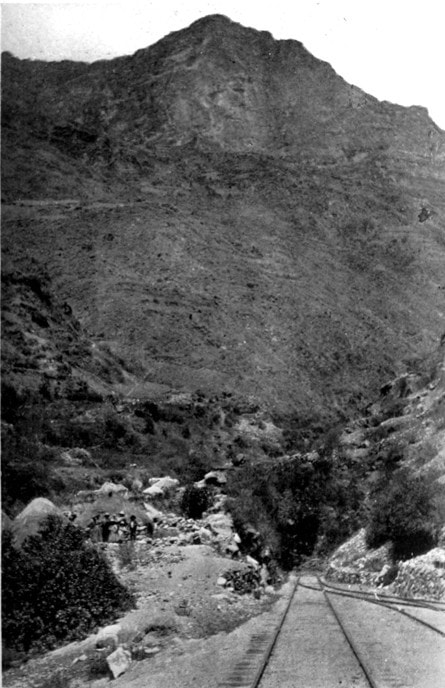


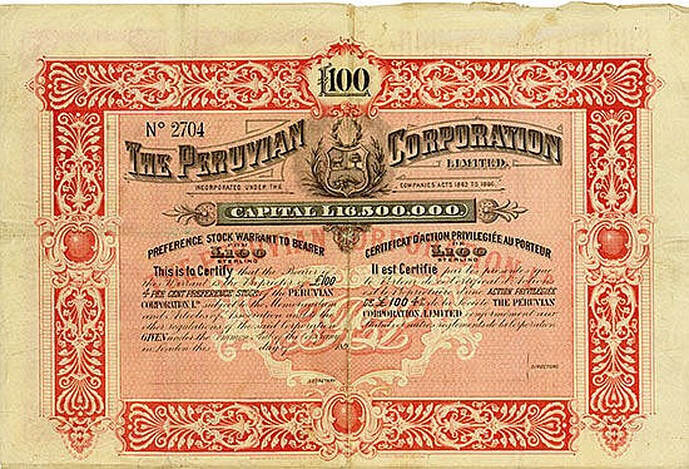

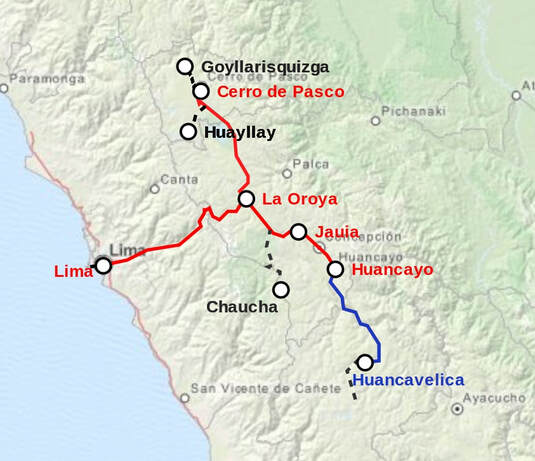










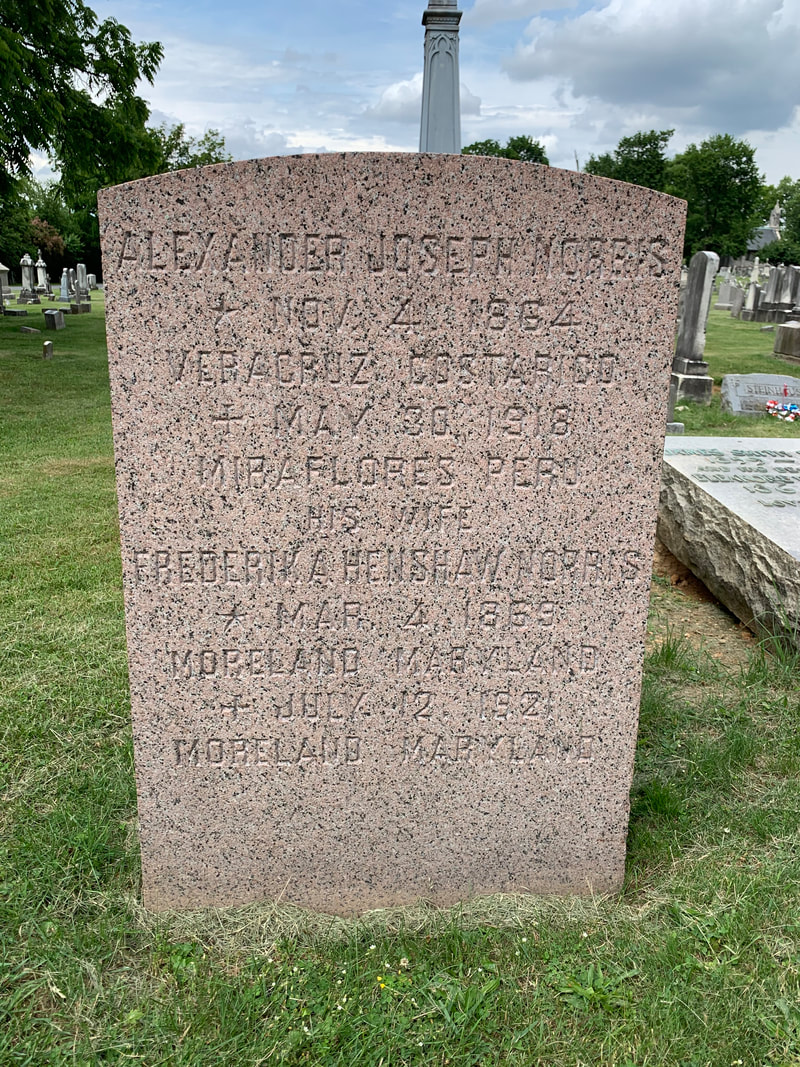





 RSS Feed
RSS Feed